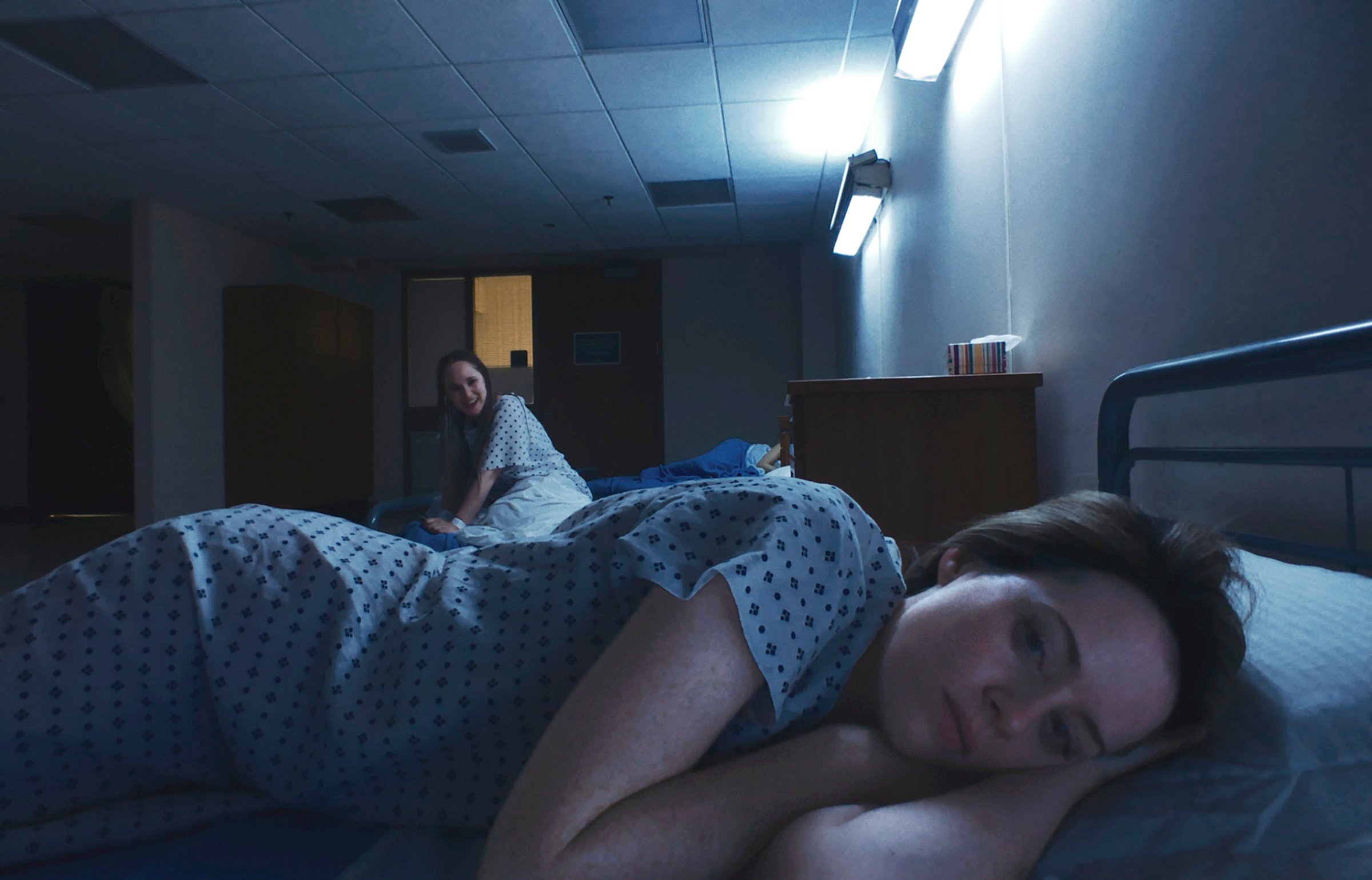
Steven Soderbergh is one of those directors who can do anything–which doesn’t necessarily mean he should. His latest experiment, the psychological thriller Unsane, was shot on iPhones, which is probably the one thing most people will remember about it 10 years from now. The story–featuring Claire Foy (The Crown) as a woman who, after being traumatized by a stalker, suddenly finds herself involuntarily committed to a mental hospital–has a modest, workaday tenseness. Written by Jonathan Bernstein and James Greer, it keeps you guessing, but only up to a point. Not even its grisliest twists pack the wallop they should.
But Soderbergh’s semifailures are more interesting than a lot of other director’s successes. That’s why Unsane isn’t easily dismissible, especially if you think of it as just one fragment of the wild terrazzo of Soderbergh’s career, which includes jaggedly brilliant genre classics like The Limey and offbeat crowd-pleasers like Magic Mike. The movie is worth seeing for its craftsmanship alone. As the heroine faces down the man who may or may not be her former tormentor–played, with unnerving innocuousness, by Joshua Leonard–Soderbergh makes clever use of wide-angle lenses to tease out shivers of paranoia. The whole thing looks the way a buzzing fluorescent light sounds–it’s subliminally discombobulating. This is what makes Soderbergh different from you and me: while we’re zoning out on Candy Crush, he’s working out how to make a feature with a minuscule budget and an even smaller camera. Unsane may not be his greatest work, but it’s still a rebuke to time wasters everywhere.
More Must-Reads from TIME
- Donald Trump Is TIME's 2024 Person of the Year
- Why We Chose Trump as Person of the Year
- Is Intermittent Fasting Good or Bad for You?
- The 100 Must-Read Books of 2024
- The 20 Best Christmas TV Episodes
- Column: If Optimism Feels Ridiculous Now, Try Hope
- The Future of Climate Action Is Trade Policy
- Merle Bombardieri Is Helping People Make the Baby Decision
Contact us at letters@time.com